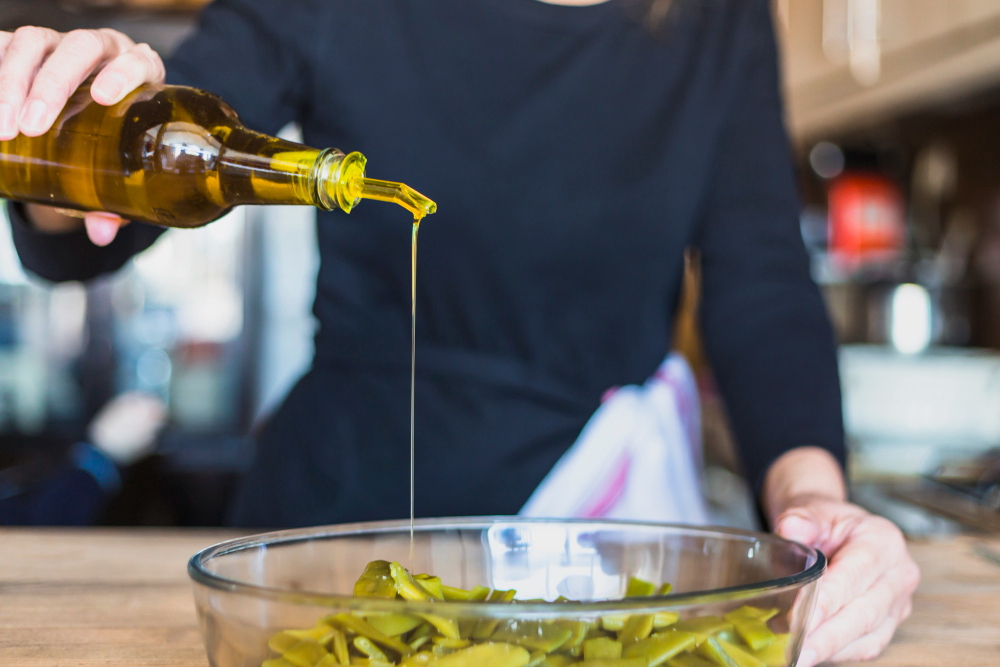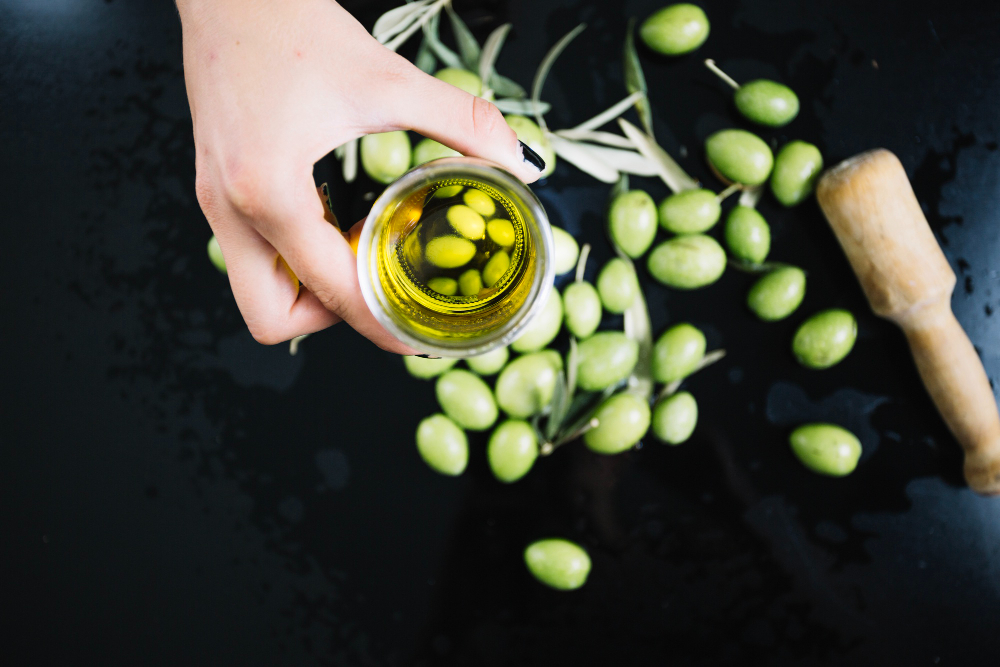Introduction
Extra virgin olive oil is a popular ingredient in many cuisines around the world. High polyphenol extra virgin olive oil is a special type of olive oil that is particularly rich in antioxidants and other beneficial compounds. In this article, we will explore what high polyphenol extra virgin olive oil is, how it is made, and why you should consider using it in your cooking.
What Is High Polyphenol Extra Virgin Olive Oil?
High polyphenol extra virgin olive oil is a type of olive oil that is made from olives that have a high concentration of polyphenols, which are powerful antioxidants. These polyphenols are what give the oil its unique flavor and health benefits. Extra virgin olive oil is made from the first cold pressing of the olives, and is considered to be the highest quality and most flavorful type of olive oil.
How Is High Polyphenol Extra Virgin Olive Oil Made?
To make high polyphenol extra virgin olive oil, olives are harvested at the peak of ripeness and quickly processed to preserve their quality. The olives are then crushed to release their oil, which is then separated from the other components of the fruit using centrifugation. The resulting oil is then bottled and labeled as high polyphenol extra virgin olive oil.
Why Should You Use High Polyphenol Extra Virgin Olive Oil?
High polyphenol extra virgin olive oil offers numerous health benefits that are not found in other types of olive oil. Polyphenols have been shown to have anti-inflammatory and anti-cancer properties, as well as the ability to improve cardiovascular health. Studies have also suggested that high polyphenol extra virgin olive oil may have a positive effect on cognitive function and may help to reduce the risk of Alzheimer’s disease.
How to Choose the Best High Polyphenol Extra Virgin Olive Oil
When shopping for high polyphenol extra virgin olive oil, it is important to look for high-quality, authentic products. Look for oils that are labeled as “high polyphenol” or “polyphenol rich”. It is also important to look for oils that are made from a single variety of olive and are packaged in dark glass bottles, which help to protect the oil from light and air.
How to Use High Polyphenol Extra Virgin Olive Oil
High polyphenol extra virgin olive oil is a versatile ingredient that can be used in a variety of ways. It is best used as a finishing oil, added to dishes after they have been cooked to enhance their flavor and nutritional value. It can also be used for low to medium heat cooking, such as sautéing vegetables or frying eggs.
High Polyphenol Extra Virgin Olive Oil Recipes
Here are some simple and delicious recipes that incorporate high polyphenol extra virgin olive oil:
Greek Salad
- 2 cups chopped romaine lettuce
- 1/2 cup chopped cucumber
- 1/2 cup diced tomato
- 1/4 cup sliced red onion
- 1/4 cup crumbled feta cheese
- 2 tablespoons high polyphenol extra virgin olive oil
- 1 tablespoon red wine vinegar
- Salt and pepper to taste
Combine all ingredients in a large bowl and toss to coat.
Roasted Vegetables
- 1 pound mixed vegetables (such as zucchini, bell peppers, and onions)
- 2 tablespoons high polyphenol extra virgin olive oil
- Salt and pepper to taste
Preheat the oven to 400°F. Cut vegetables into bite-sized pieces and toss with olive oil, salt, and pepper. Spread in a single layer on a baking sheet and roast for 20-25 minutes, or until tender and browned.
Conclusion
High polyphenol extra virgin olive oil is a valuable ingredient that offers numerous health benefits and a unique flavor. By understanding what high polyphenol extra virgin olive oil is, how it is made, and how to use it in cooking, consumers can make informed decisions when purchasing and using this valuable ingredient. Incorporating high polyphenol extra virgin olive oil into your diet is a simple and delicious way to improve your overall health.
